from SolidPrint3D, Formlabs
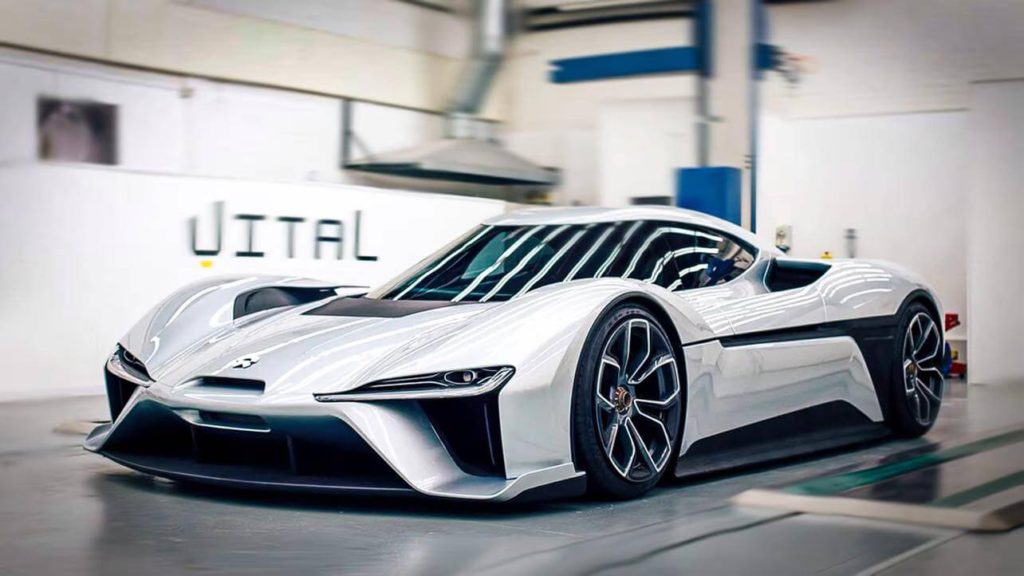
3D printing with Formlabs Fuse 1 SLS & 3L SLA helps to develop the concept cars of tomorrow.
Vital Auto is an industrial design studio with extensive experience in the automotive industry. It is located in the heart of the UK automotive industry. The company's portfolio of clients includes a variety of major automakers. Some of them are Volvo, Nissan, Lotus, McLaren, Geely, TATA and others.
Vital Autos' vice president of Innovation & Experiential Technology says: "Customers usually come to us to try to push the boundaries of what is possible with the available technology." Manufacturers rely on Vital Auto when they don't have time to experiment. They take on any challenge to turn ideas, initial sketches, drawings or technical specifications into a fully realized physical form.
Continue reading to learn the history of Vital Auto on how to create concept cars and prototypes with high precision. They quickly iterate models using a variety of sophisticated tools, including a large fleet of Fuse 1 and Form 3L Formlabs printers.
Creating a concept car

Founded in 2015, the history of Vital Auto begins when three friends leave their jobs. Then they decide to make a shop - in a garage. The first contract the company took out was for the concept of a supercar NIO EP9. This immediately directs the team to produce extremely high quality prototypes of vehicles.
The Vital Auto team develops cars from scratch. They design all basic frames, all external and internal elements, opening / closing and interactive elements. Depending on the client's request, the team will start from a sketch on a sheet of paper to an already designed vehicle. Between 5 and 30 people work on one concept. A project can usually take 3 to 12 months.
A typical show car goes through a long stage of design with up to a dozen iterations of the basic design during that time. Until the design meets the customer's expectations, there may be continuous further iterations of smaller components.
"In our industry, it's a good idea to look at virtual props as a means of evaluating a product before it goes on the market. However, I think there will always be room for physically produced items. There is nothing that surpasses the feeling of holding an object in your hands with the right weight. With the right proportions. And the dynamics of how the physical environment changes your perception of this physical object, ”says Moradi.
How Vital Auto developed its 3D printing department
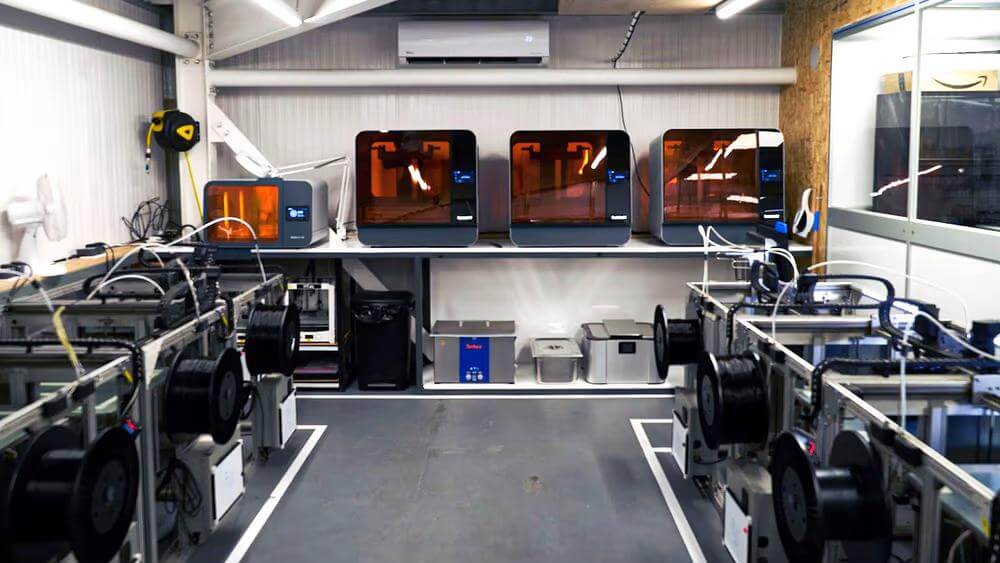
"Most of our customers will come to us with a new idea, an innovative idea. Something that has never been done before. The challenges for us are new every day and endless, ”says Anthony Barnicott, design engineer at Vital, responsible for additive manufacturing. "These challenges can range from how we can produce that number of parts in that time period, to how we can make a part that achieves a certain weight while achieving a certain durability."
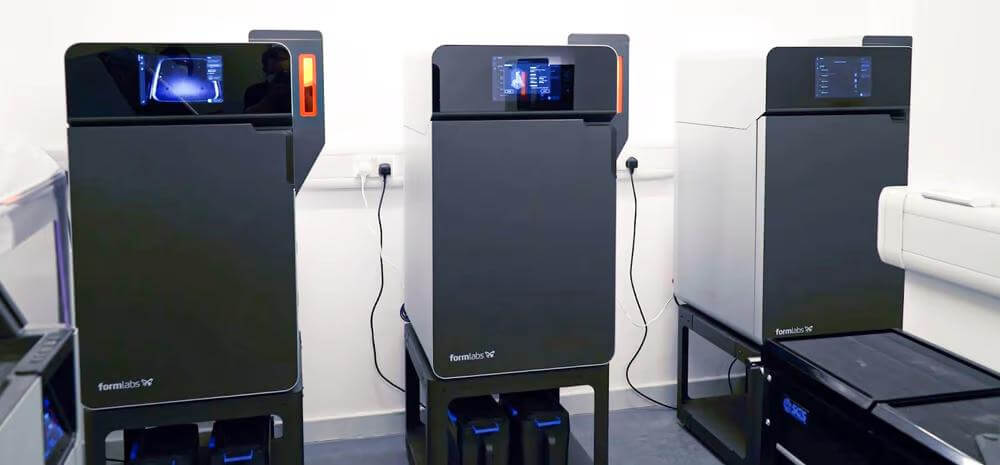
Traditional show cars are usually made only from milling clay. The Vital Auto team also uses three- and five-axis CNC milling, manual molding, manual modeling and GRP composites. Often these traditional processes are not ideal for producing custom parts needed for one-off concepts.
"We have been using 3D printing since day one. We wanted to present it in our production processes. Not only to reduce costs, but also to give the customer more variety with their designs and ideas, ”says Barnicott.
Today, Barnicott manages the entire 3D printing department. This includes 14 wide format FDM printers, five Fuse 1 SLS printers and three wide format SLA printers Formlabs 3L.
"In terms of capacity, all these printers run on 100%, 24/7, almost from day one. We use these printers for all areas of our concepts and designs. We would usually use Fuse 1 for our production parts. We will use ours Formlabs 3L for our conceptual parts, ”he says.
Production of complex designs from multiple materials with Form 3L

"We use Form 3L machines for everything that is a finished surface of class A. This is usually a car environment, an interior in which you have parts that are not treated with leather or alcantara or some kind of fabric. Formlabs materials give us a nice, smooth finish for our painters to work with. We can use these parts directly from the printer, directly on the vehicle, ”says Barnicott.
"What interests me most about Form 3L machines is their flexibility. The ability to change the material in less than five minutes. The variability of these materials, moving from soft, flexible material to hard and non-flexible material, is invaluable to us, ”says Barnicott.
Air vents
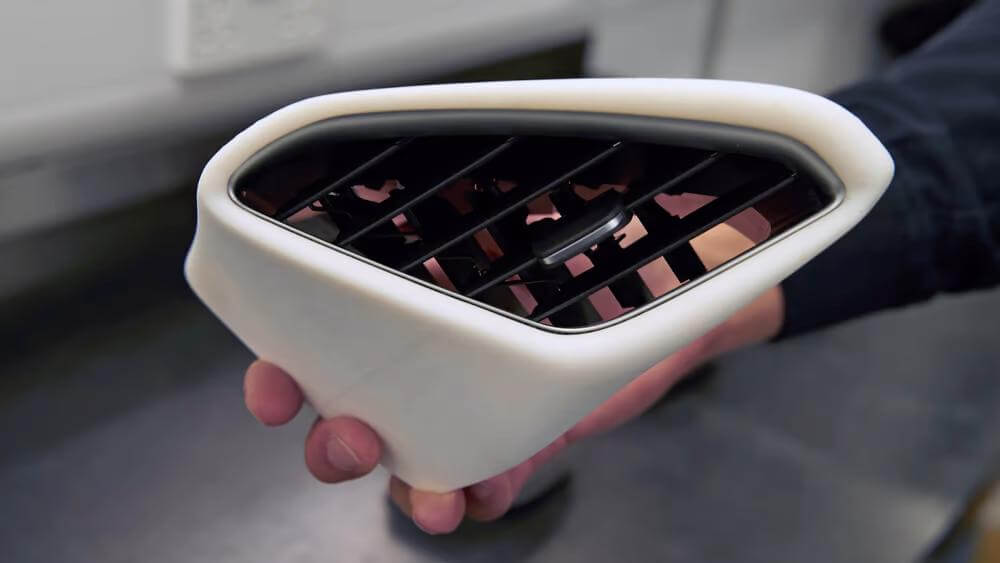
"This is a common challenge for us as a business where customers will turn to us with a patented product and want to wrap it in their own design. Once a customer approached us with his own vent from another vehicle he wanted to have in his own interior. We used 3D scanning technology to reproduce this part digitally and then created an outer crust. We first did this in draft material to test the design and allow the client to check it out. From there we switched to white material to produce a finished functional part.
Switching package
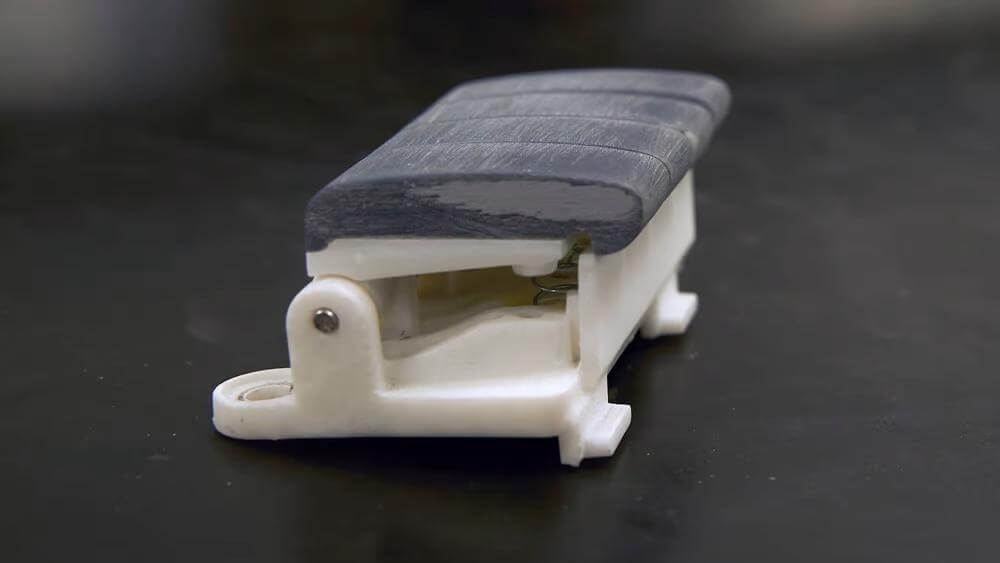
"When working with incredibly complex designs, such as small switch packages, what we can do is use a variety of materials to achieve a mechanical product that not only works properly, but can be used in real environments. , we combined harder materials, such as Tough 2000 for the top surface, with lighter, more cost-effective interior materials. ”
Door seals
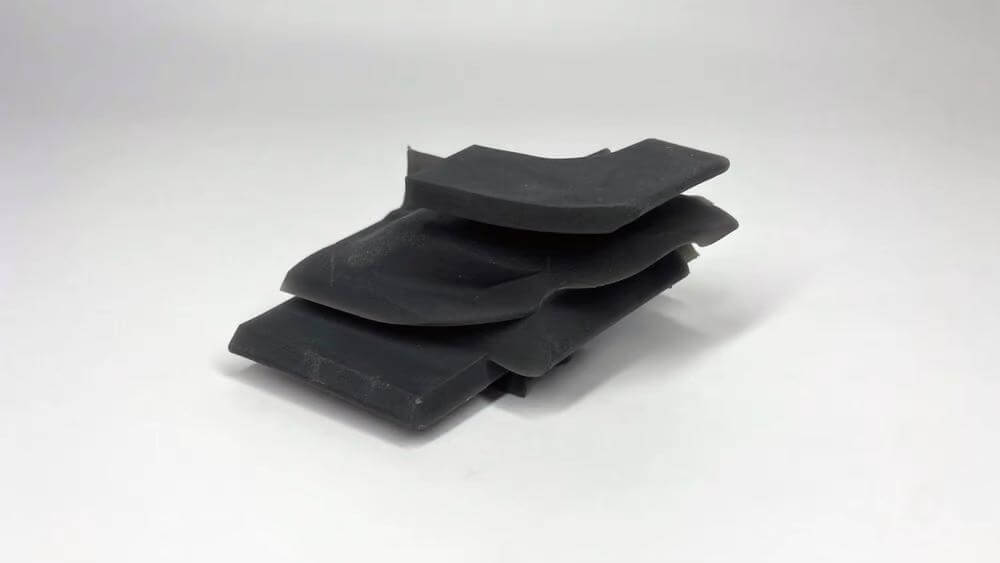
"Usually, door seals for automotive applications can be incredibly expensive to manufacture. There is simply no other way than extrusion to produce them. This is due not only to the very high cost of the tools, but also to the long lead time. We were able to experiment with one of the latest materials from Formlabs, flexible Flexible 80A. Form 3L allowed us to produce sections of this door seal overnight. This was to test different geometries and was printed within 50 microns of the actual design.
Form 3L enables the team to produce multiple repetitive parts, all within 24 hours in most cases. In the end, Vital Auto bought three different machines. This is so that they can produce three iterations of a part at once, even using three different materials. They can then present options for saving the customer's costs and offer a better value for money. They do this by showing multiple options for the same price.
"One of the beauties of using additive manufacturing is the time frame compression. So what are you doing during this time period that you have released? We see this as expanding the space of possibilities in imagining alternatives. Adding more cycles of repetition to the process, ”says Moradi.
"There are a lot of products we make that we just couldn't do without ours Form 3L. With some of the most advanced manufacturing techniques, such as a seven-axis CNC machine, we could produce these parts. But it will come with huge compromising costs, ”says Barnicott.
Complementing CNC machining of mechanical parts with Fuse 1
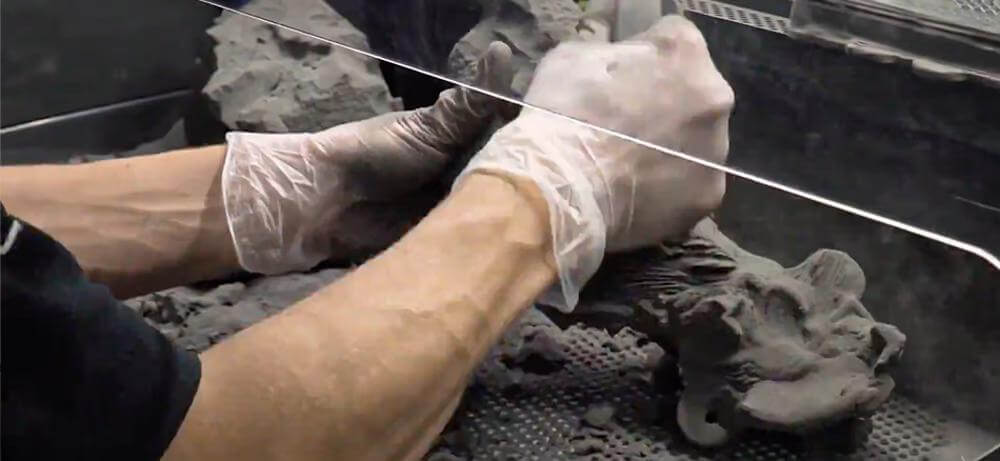
"Fuse 1 was our first venture in SLS technology, ”continues Barnicott. "As a small business, this is a technology we thought we would never be able to have. S Fuse 1 not only do we have one of the machines, but we actually have five of the machines in place. What these machines allow us to do is to produce structural mechanical parts very quickly. Not only for testing, but also for physical applications in most of our concepts. This process is usually done by CNC machining indoors or outdoors, depending on the geometry, and we will have to wait two to four days to pick up the parts. Fuse 1 allows us to cover all this on the spot and have parts in our hands in most cases in less than 24 hours.
Fuse 1 used mainly by the team for mechanical parts, such as door hinges, interior door parts, interior door handles and structural applications. These parts can be used directly from the printer with minimal processing. Some of the applications where the team has used Fuse 1, include: air ducts and brake calipers.
Air ducts
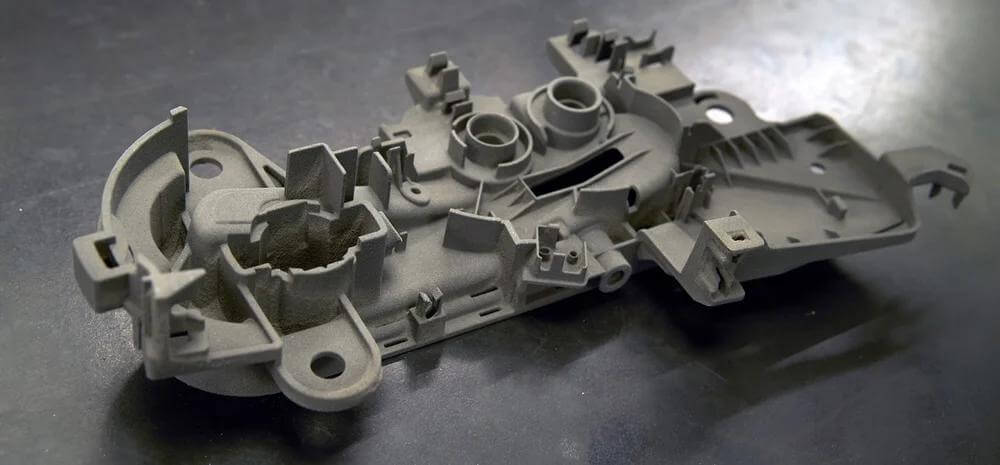
"Many automotive interior parts can be incredibly difficult to manufacture without going the traditional syringe route," says Barnicott. "Elements such as internal air ducts and vents are objects that are never seen. But they still require high production costs. We use Fuse 1 for the production of these parts. This allows us to be much more flexible with the designs we put in the vehicle without incurring the high costs we would normally incur. ”
Brake caliper
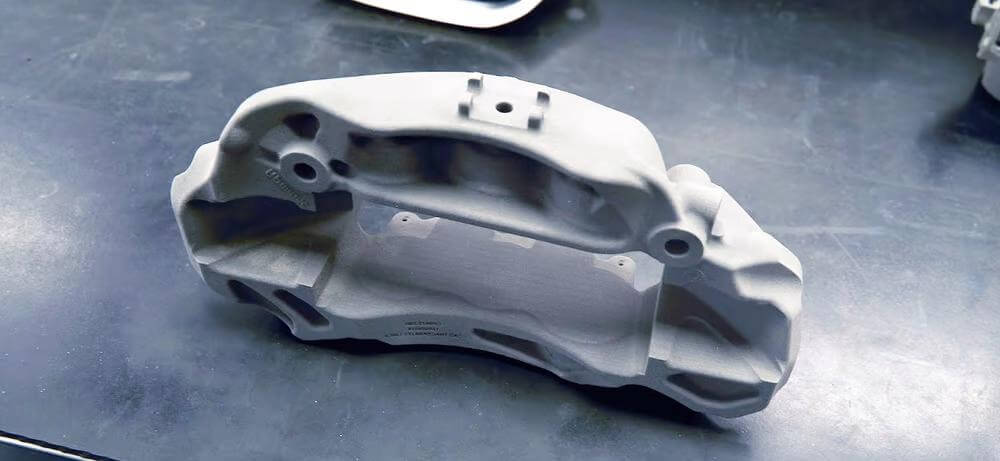
"Sometimes we make parts where the customer just wants to see what their brand will look like on a particular part," he continues. "This means that we have to produce a part quite quickly in order to be able to apply their brand to it. We use Fuse 1 for the production of these parts. As a brake caliper, we can make the logo in different areas of the caliper in different colors for the customer to see.
Interactive concept for a supercar
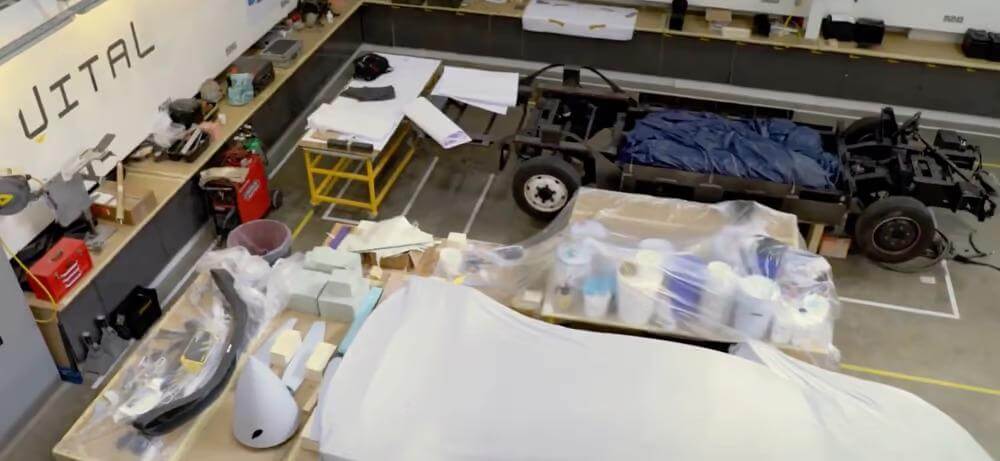
"3D printing has allowed us to combine both SLA and SLS materials to work our way through iterations of project-specific design," says Barnicott. "This allows us to quickly produce multiple variants, combining the two processes, using them for their specific properties to achieve the final design. It can be anything from mechanical parts to clean parts to check their optical quality and output. "
It is often said that additive production is here to replace "subtraction" production. The Vital Auto team sees the advantages of combining different technologies to use their best qualities.
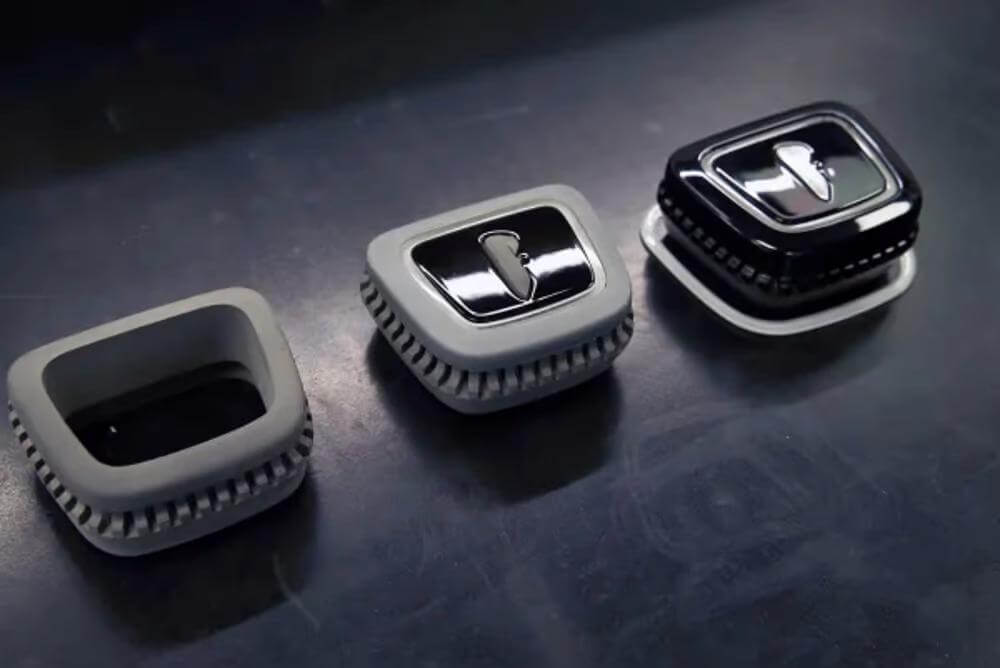
The Vital Auto team disagrees with the belief that additive manufacturing is here to replace subtractive manufacturing. They see the benefits of combining the two technologies to use their best qualities.
"We use the two processes together to help each other. We have many parts where we would use subtractive production. And then we use additive manufacturing to produce all the finer details. This allows us to have a much more cost-effective way to produce many of our concept models, ”says Barnicott.
Creating high-precision concept cars with 3D printing
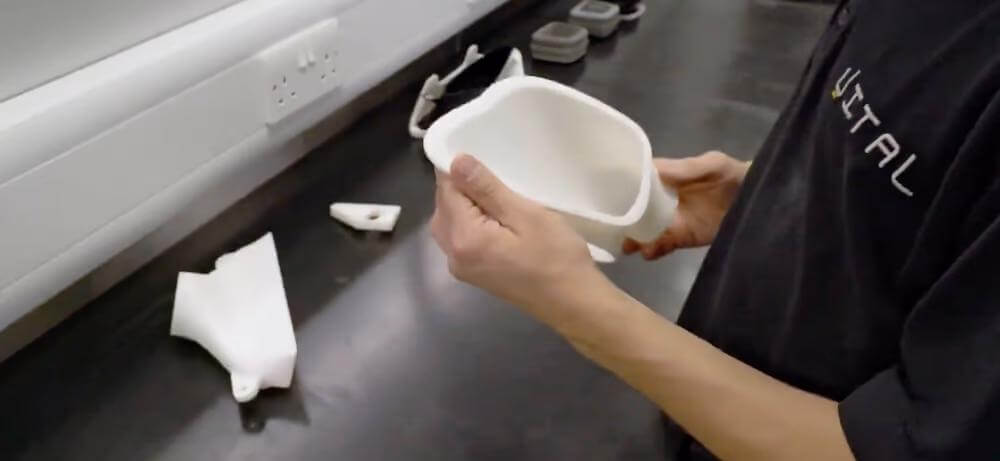
"Advances in technology and 3D printing over the last 10 years have been phenomenal. When I first started producing cars on a small scale, some of the products we make today would simply be inaccessible. And not only can I produce these parts today, but I can also produce them very cost-effectively, very quickly, ”says Barnicott.
3D printing not only helps teams create improved products faster, but also attracts new business. They found that many of their customers know they can count on them to access the latest technology and want their components made with the latest materials.
"There are some things you just can't classify as emerging technologies. 3D printing is one of those things. It has advanced to the point where everything we produce is good enough to use in the final stage of performance with all the layers of workmanship we apply on top. "3D printing has gone from being almost new to being an integral part of what we do," says Moradi.
0 Comments